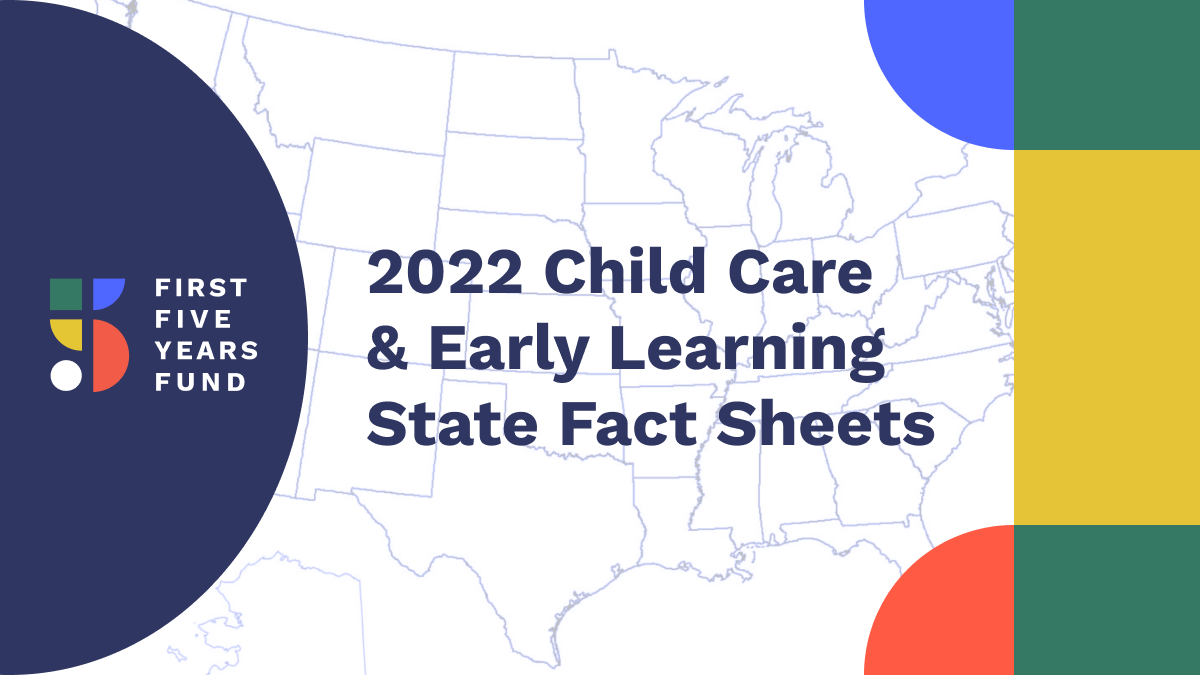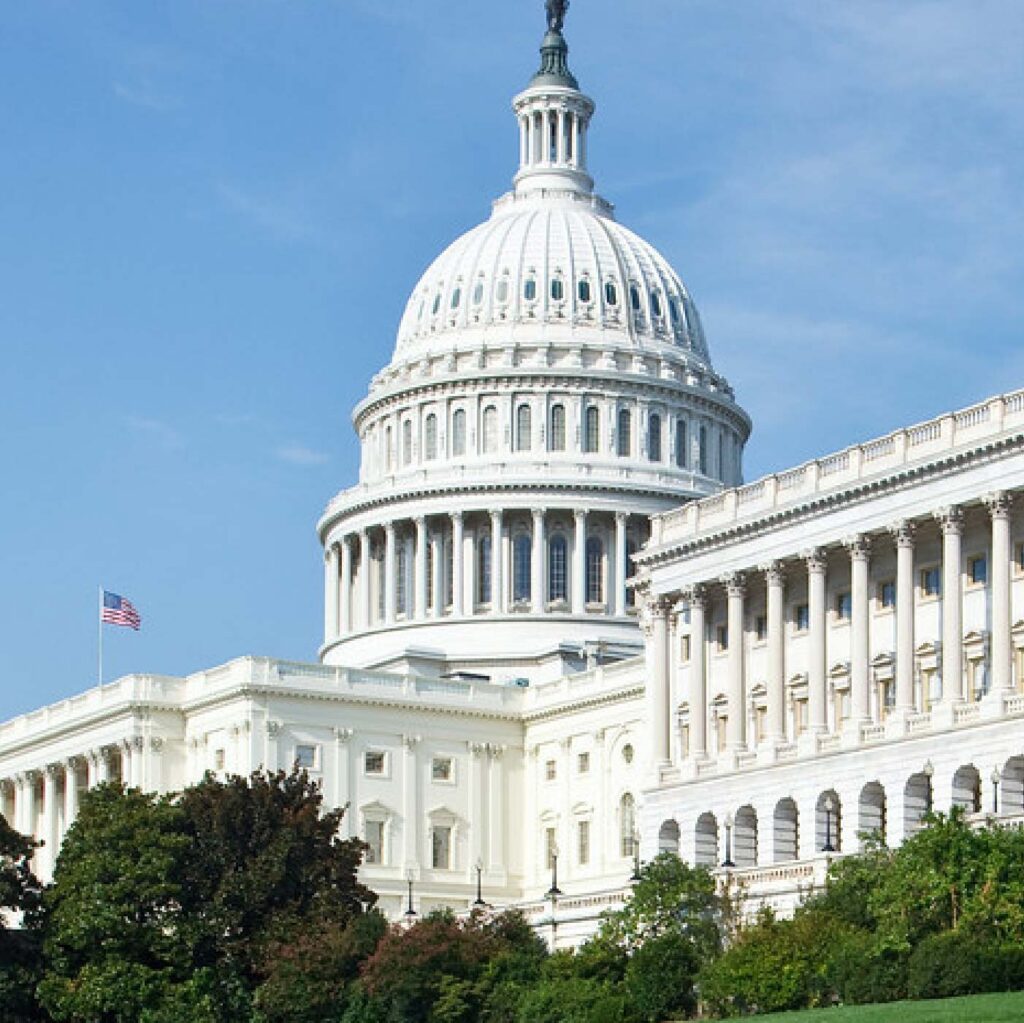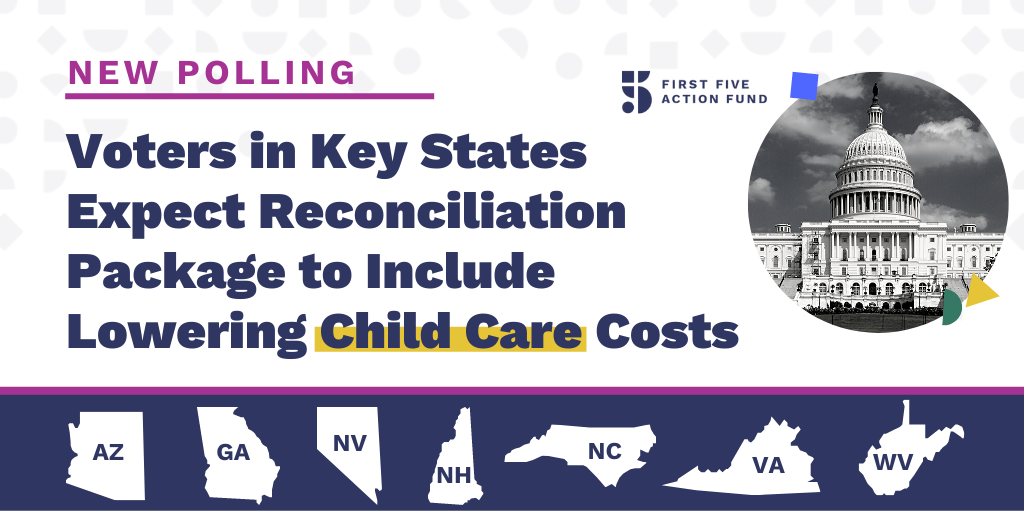50-State Analysis Shows Impact of Insufficient Child Care Funding

WASHINGTON – As Senate Democrats advance a reconciliation package that has been stripped of any funding for child care, new analysis of all 50 states from First Five Years Fund (FFYF) shows that the existing patchwork of federal and state early learning and care programs only reaches a fraction of income-eligible families. In some states, including Michigan, Ohio, Indiana, Colorado, and Utah, less than 10% of eligible families are reached by the child care subsidy program that relies on both state and federal funding.
“Underinvestment in what is clearly a key pillar of America’s economy has held back too many families for far too long. These critical programs fall far short in reaching the populations they’re intended to serve, while also leaving out the significantly greater number of families who don’t qualify but still can’t afford the care options they need,” said FFYF Executive Director Sarah Rittling.
Our analysis found:
- In almost all states, CCDBG reaches less than 15% of eligible children.
- In 50% of states, CCDBG reaches less than 10% of eligible children.
- In a vast majority of all states, Head Start reaches less than 1 in 5 eligible children.
- 65% of children nationwide have all available parents in the workforce; in some states it is as high as 75%.
- In roughly half of all states, only 20% of 3- and 4- year olds are being served by publicly funded pre-K programs.
- In half of all states, the majority of residents are living in a child care desert.
A recent survey of parents nationwide found that 59% are more concerned about child care costs than ever before, which is driving significant changes to their lives, including taking on a second job (31%), reducing hours at work (26%), changing jobs (25%), and leaving the workforce entirely (21%).
The federal programs benefit families in every state and Congressional district and serve as the foundation for America’s entire child care system, or lack thereof. And while these programs enjoy widespread bipartisan support on Capitol Hill, Congress has failed to meaningfully invest funding that would reach millions of children who are eligible to participate — much less the millions more whose families earn above the income threshold but still struggle to find and afford quality care options.
Here’s a quick snapshot of the existing early learning and care landscape in states:
- In Arizona, only 11% of eligible children under six are served by CCDBG due to insufficient funding levels, and 14% of eligible children are served by Head Start.
- In Georgia, only 6% of eligible children under six are served by CCDBG due to insufficient funding levels, and only 11% of eligible children are served by Head Start.
- In New York, only 12% of eligible children under six are served by CCDBG due to insufficient funding levels, and only 17% of eligible children are served by Head Start.
Click here to see fact sheets from all 50 states and Washington, DC.
Subscribe to FFYF First Look
Every morning, FFYF reports on the latest child care & early learning news from across the country. Subscribe and take 5 minutes to know what's happening in early childhood education.



